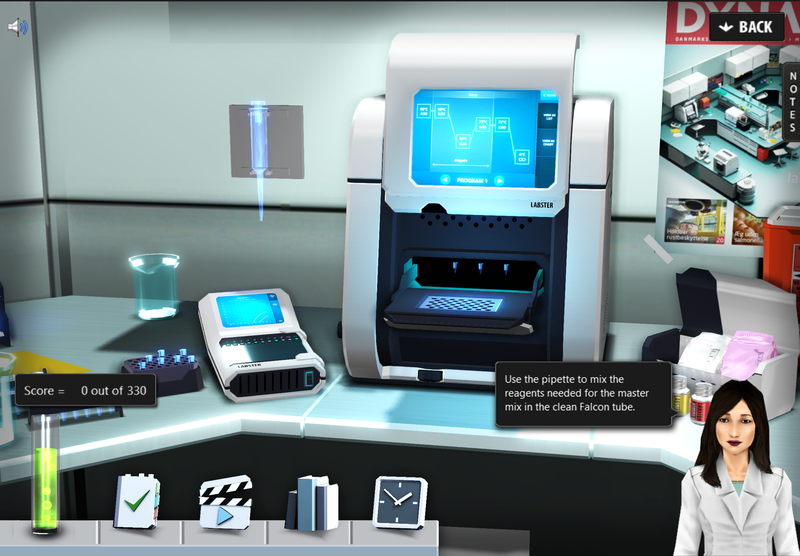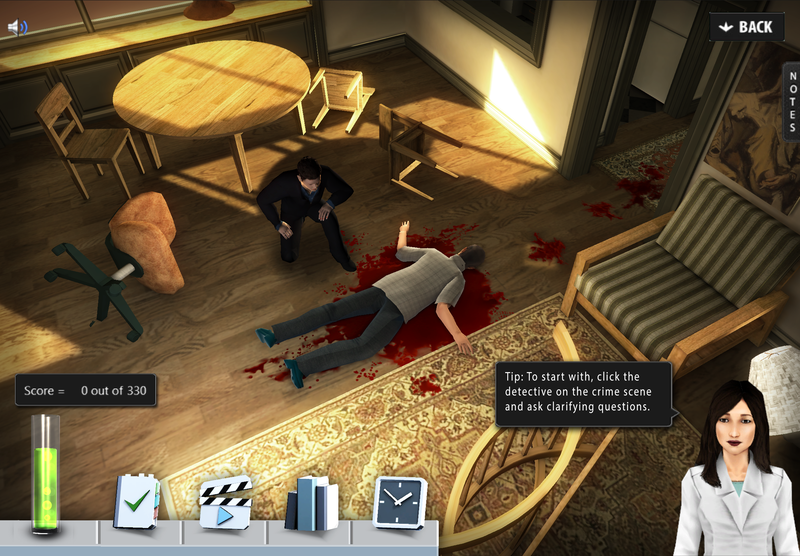Students sit through hours and hours of boring and unengaging lectures. Professors ramble on to an audience of students sleepily typing away on their smart phones while checking Facebook, Twitter and pretty much anything else that has nothing to do with the lecture. How do we fix this?
Enter Labster!
Founded in 2010, Labster (@labster) has been working hard on developing state-of-the-art, cutting edge technology for science education.
Labster currently has many prominent partners, such as UC Berkeley and Stanford University, that have helped Labster to develop an immersive virtual laboratory where adaptive learning techniques are used. The system uses gamification to keep the material fun and relatable for students.
Teachers can use Labster to supplement existing science classes or replace real-life experiments, which are usually conducted in a physical lab. What makes Labster stand out is its use of game-based learning techniques and real-life scenarios in a virtual environment. This technique has proven to stimulate student engagement and enhance learning outcomes. The Labster laboratory itself would cost millions of dollars in real life; and in the virtual lab, students have the luxury of access to unlimited consumables and reagents to experiment with.

The Future Of Education: 21st Century Virtual Reality Science Laboratories
Labster’s new and exciting virtual reality platform is made in collaboration with Oculus Rift, the VR company recently purchased this year by Facebook for two billion dollars. The virtual reality version of Labster looks very promising. There are many new features in the VR version, which gives an even more real-life lab experience. For instance, in the new VR version, students can enter cancer-ridden cells and look around inside the body in 3D, letting them watch what happens when cancer mutates and spreads. Much in contrast to the 2D version, where you are using your mouse to operate the different machines and mixing reagents, you can utilize an advanced motion and orientation detection game controller, called Razer Hydra.
It is easy to see the advantages of using technological simulators as a teaching tool. With limited school budgets and continuous technological improvements being made to the laboratory equipment and machines, it is challenging for most schools to provide sufficient practical lab experience to its students. Critical voices of simulators in education, however, have raised the question of the proven effectiveness on learning outcomes.
“Through both my own studies, and teaching experience, I have observed that laboratory teaching is very limited by budget, time, and safety; along with being quite ineffective. When I found that available research on the subject supported my observations, I set out to create a laboratory simulator where students could perform expensive, timely, and hazardous experiments not possible in a real laboratory environment, with proven effectiveness in regards to student learning and motivation.”, says Mads Tvillinggaard Bonde, Founder and CEO Labster, regarding his motivation for creating Labster.

The study shows, with significance, that students using just Labster scored 76% higher on tests than students using only traditional teaching methods and in addition, Labster helps teachers more effectively instruct larger groups of students.
While Labster exists in a virtual environment, it shows real world results. By engaging students and showing them the potential of their studies, student motivation increases to create the desire for students to learn. At the same time, Labster provides teachers with the tools to supplement their lessons with material that creates new dimensions of learning to better bring about the proper learning outcomes.
All teachers can try out Labster for free, see more on www.labster.com.








